Political party Fianna Fail Name Cearbhall Dalaigh | Nationality Irish Party Fianna Fail | |
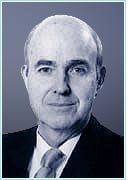 | ||
Died March 21, 1978, Dublin, Republic of Ireland Spouse Mairin Bean Ui Dhalaigh (m. 1934) Presidential term December 19, 1974 – October 22, 1976 Books Celtic Meltdown: Why Ireland is Broke and how We Can Fix it | ||
Uachtarain 5 cearbhall o dalaigh president of ireland stair na heireann tg4
Cearbhall Ó Dálaigh (12 February 1911 – 21 March 1978; [ˈcaɾˠwəlˠ oː ˈd̪ˠaːlˠə]) served as the fifth President of Ireland, from 1974 to 1976. He resigned in 1976 after a clash with the government. He also had a notable legal career, including serving as Chief Justice of Ireland.
Contents
- Uachtarain 5 cearbhall o dalaigh president of ireland stair na heireann tg4
- Early life
- Career
- President of Ireland
- Death
- References
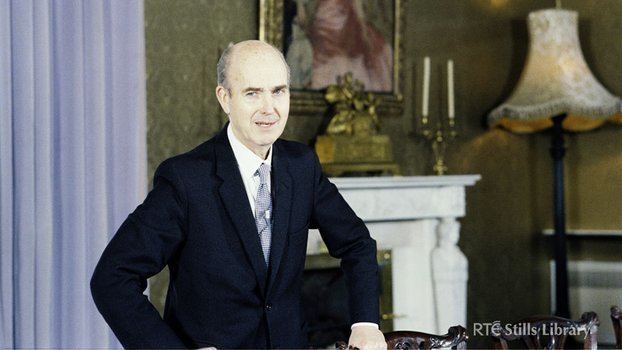
His name is sometimes given in the alternative spelling of Carroll O'Daly, which he also used during his legal career.
Early life
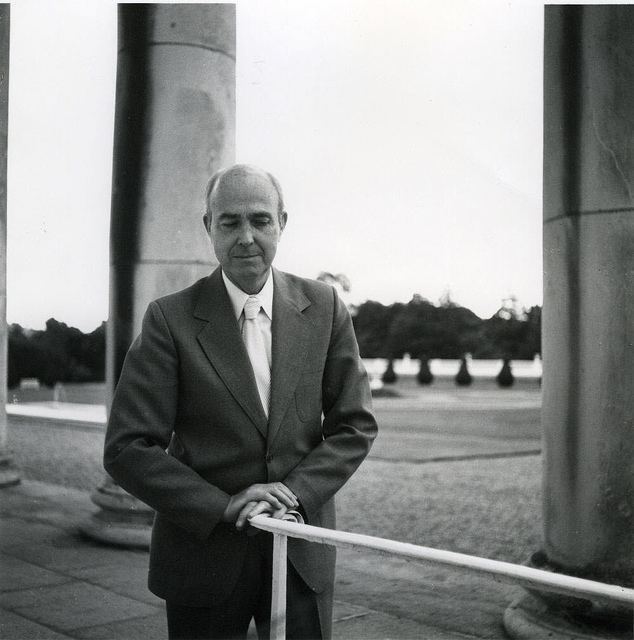
Cearbhall Ó Dálaigh, one of four children, was born on 12 February 1911, in Bray, County Wicklow. His father was a shopkeeper with little interest in politics.
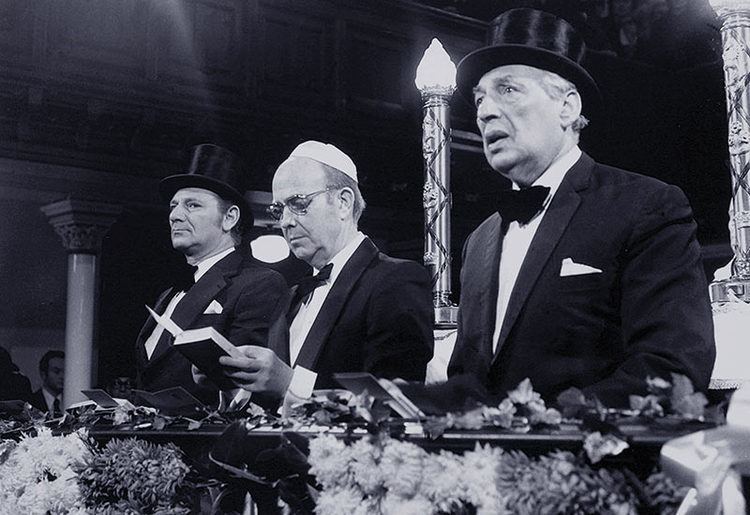
Cearbhall had an older brother; Aonghus, and two younger sisters; Úna and Nuala. He went to St. Cronan's Boys National School. and later to Synge Street CBS in Dublin. While attending University College Dublin, he became auditor of An Cumann Gaelach and of the Literary and Historical Society. He also became Irish language editor of the Irish Press.
Career
A graduate of University College Dublin, Ó Dálaigh was a committed Fianna Fáil supporter who served on the party's National Executive in the 1930s, he became Ireland's youngest Attorney General in 1946 under Taoiseach Éamon de Valera, serving until 1948. Unsuccessful in Dáil Éireann and Seanad Éireann elections in 1948 and 1951, he was re-appointed as Attorney General in 1951 and in 1953 he was appointed as the youngest member of the Supreme Court by his mentor, de Valera. Less than a decade later, he became Chief Justice, when selected by then Taoiseach, Seán Lemass. He was a keen actor in his early years and became a close friend of actor Cyril Cusack. It is commonly stated that Ó Dálaigh and Cusack picketed the Dublin launch of Disney's Darby O'Gill and the Little People, for what they felt was the film's stereotyping of Irish people. However, there is no contemporary reference of this ever occurring.
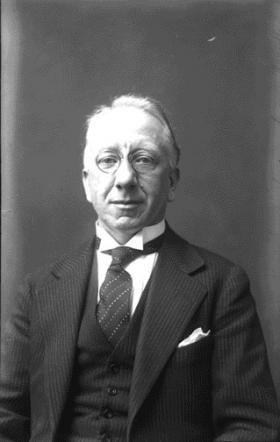
In 1972, Taoiseach Jack Lynch suggested to the opposition parties that they agree to nominate Ó Dálaigh to become President of Ireland when President de Valera's last term ended in June of the following year. Fine Gael, confident that its prospective candidate, Tom O'Higgins, would win the 1973 presidential election (he had almost defeated de Valera in 1966) turned down the offer. Fianna Fáil's Erskine H. Childers went on to win the election.
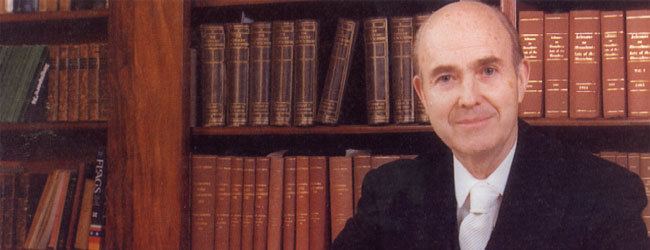
When Ireland joined the European Economic Community, Jack Lynch appointed Ó Dálaigh as Ireland's judge on the European Court of Justice. When President Childers died suddenly in 1974, all parties agreed to nominate Ó Dálaigh for the post.
President of Ireland
Ó Dálaigh tenure as president proved to be contentious. While popular with Irish language speakers and artists and respected by many Republicans, he had a strained relationship with the Coalition Government and many English language enthusiasts, particularly Conor Cruise O'Brien and with Liam Cosgrave.
His decision in 1976 to exercise his power to refer a bill to the Supreme Court to test its constitutionality brought him into conflict with the Fine Gael-Labour National Coalition. Following the assassination of the British Ambassador to Ireland, Christopher Ewart-Biggs, by the Provisional Irish Republican Army (IRA) on 23 July 1976 the government announced its intention to declare a state of emergency. Ó Dálaigh referred the resulting bill, the Emergency Powers Bill, to the Supreme Court. When the court ruled that the bill was constitutional he signed the bill into law on 16 October 1976. The same day an IRA bomb in Mountmellick killed Michael Clerkin, a member of the Garda Síochána, the country's police force. Ó Dálaigh's actions were seen by government ministers to have contributed to the killing of this Garda. The following day Minister for Defence Paddy Donegan, on a visit to a barracks in Mullingar to open a canteen, attacked the President for sending the bill to the Supreme Court, calling him a "thundering disgrace" (although it has since been speculated that he used a more vulgar expression). Ó Dálaigh's private papers show that he considered the relationship between the President (as Commander-in-Chief of the Defence Forces) and the Minister for Defence had been "irrevocably broken" by the comments of the Minister in front of the army Chief of Staff and other high-ranking officers. Donegan offered his resignation but Taoiseach Liam Cosgrave refused to accept it. This proved the last straw for Ó Dálaigh, who believed that Cosgrave had additionally failed to meet his constitutional obligation to regularly brief the President. He resigned on 22 October 1976, "to protect the dignity and independence of the presidency as an institution". He was succeeded by Patrick Hillery.
Death
Ó Dálaigh died in 1978, less than two years after resigning the presidency. He is buried in Sneem, County Kerry.
